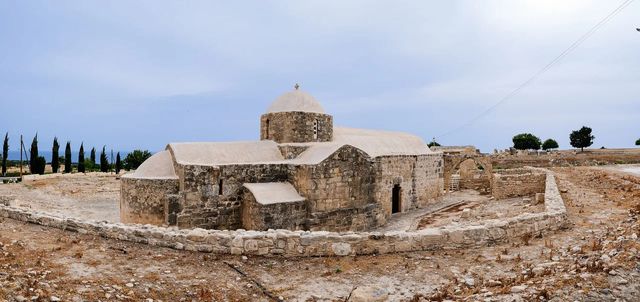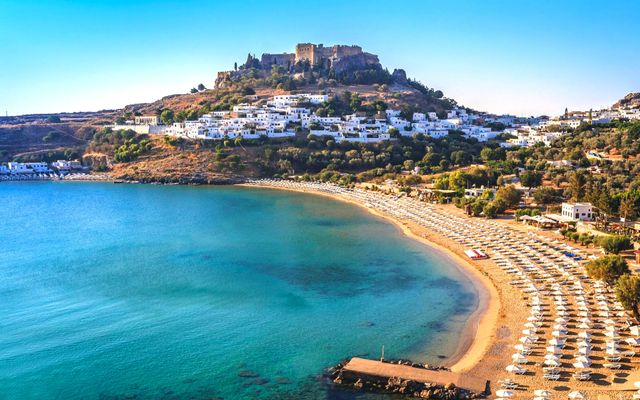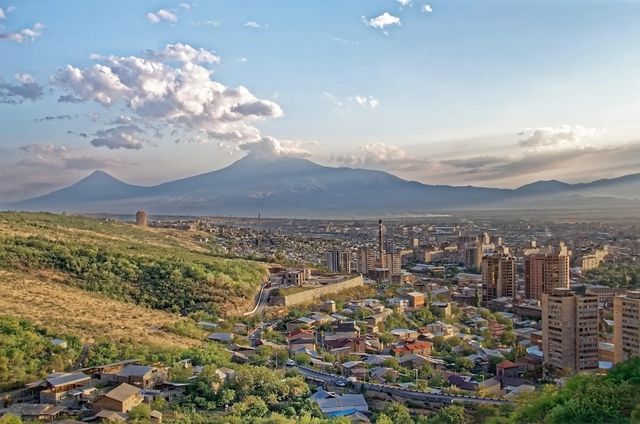More than 90% of the population in Cyprus are Orthodox Christians, which is why you'll find churches in virtually every village, no matter how small. While many of them are modest and unremarkable, some are true architectural and spiritual gems—hidden deep in the Troodos Mountains or isolated parts of the island, inaccessible by public transport. Taxis to these spots are expensive, so renting a car is the most efficient and comfortable way to explore these unique sacred places.
Many of these churches are so important that they are recognized by UNESCO as World Heritage Sites. Let’s explore the most extraordinary ones.
1. Church of Saint Nicholas of the Roof (Agios Nikolaos tis Stegis)
Just south of the village of Kakopetria, this well-preserved Byzantine church dates back to the 11th century. It was built in the style of a cross-in-square domed basilica and later expanded with a narthex. The distinctive pitched wooden roof—added to protect it from the elements—gave the church its name.
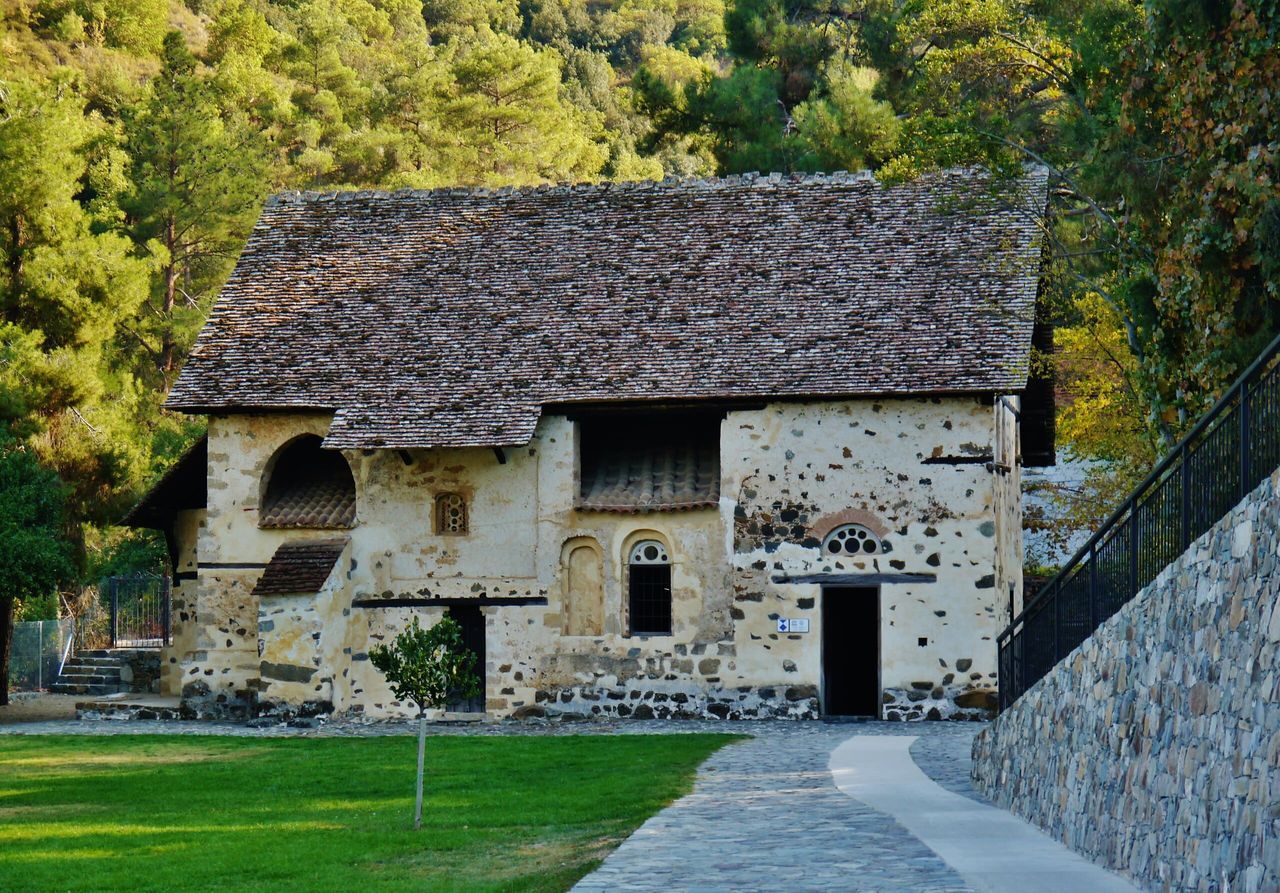
Cypriots still refer to it as the Church of Saint Nicholas “of the Roof”, symbolizing divine shelter. Locals believe that praying here brings the saint’s protection from harm and misfortune.
This is the only surviving monastery church from the 11th century in Cyprus. Once part of a thriving Byzantine monastery, the church remained even as the rest of the monastery declined and vanished by the 19th century. Inside, you'll find remarkable frescoes, including a 13th-century image of Saint Nicholas donated by Frankish knights, and an extraordinary 14th-century depiction of the Virgin Mary nursing the infant Jesus.
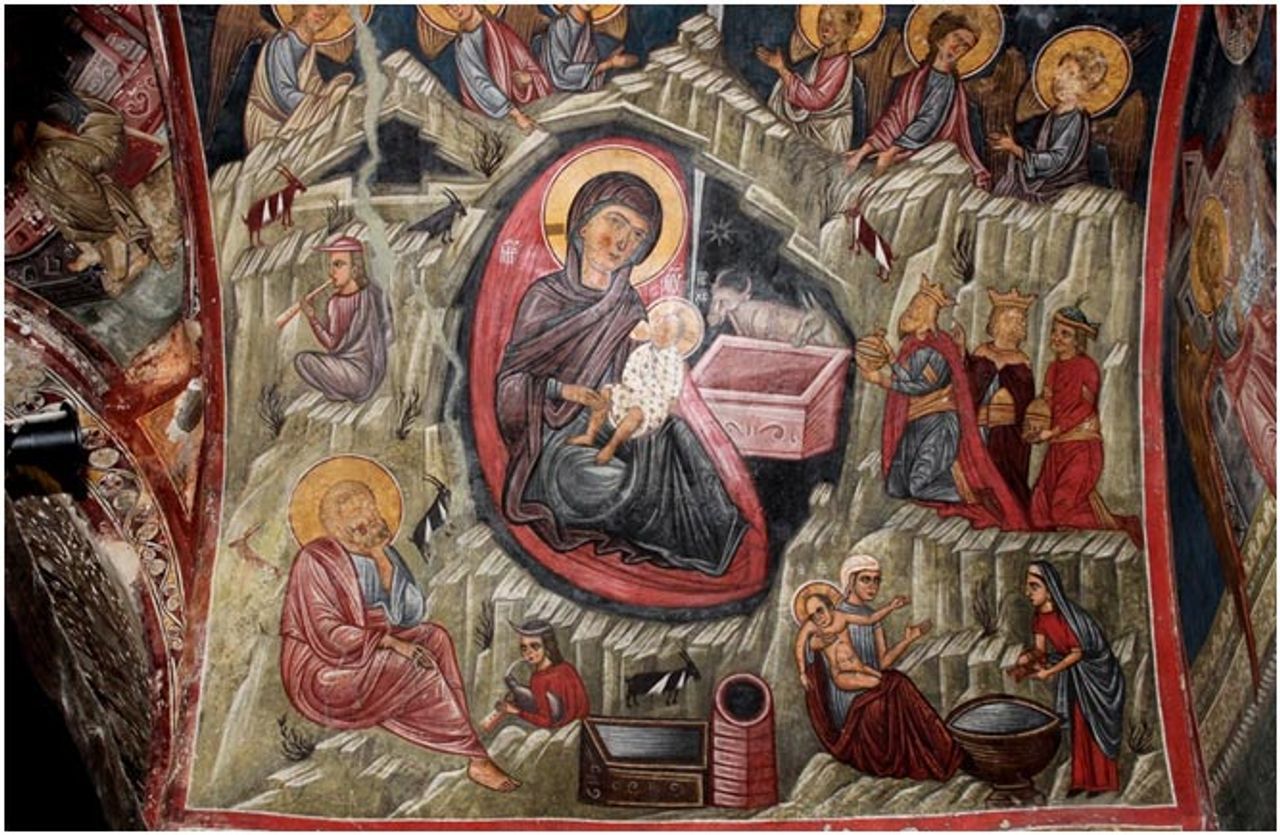
2. Panagia tou Araka Church
Hidden in the forested hills of Troodos, near the village of Lagoudera, this 12th-century church is one of Cyprus’s most significant Byzantine landmarks. Built in 1192, the church is protected by a wooden fence and features an iconic pitched roof.
The name "Araka" is thought to either refer to chickpeas (a local crop) or derive from the Greek word for hawk, based on a legend involving a bird guiding a man to a hidden icon of the Virgin Mary.
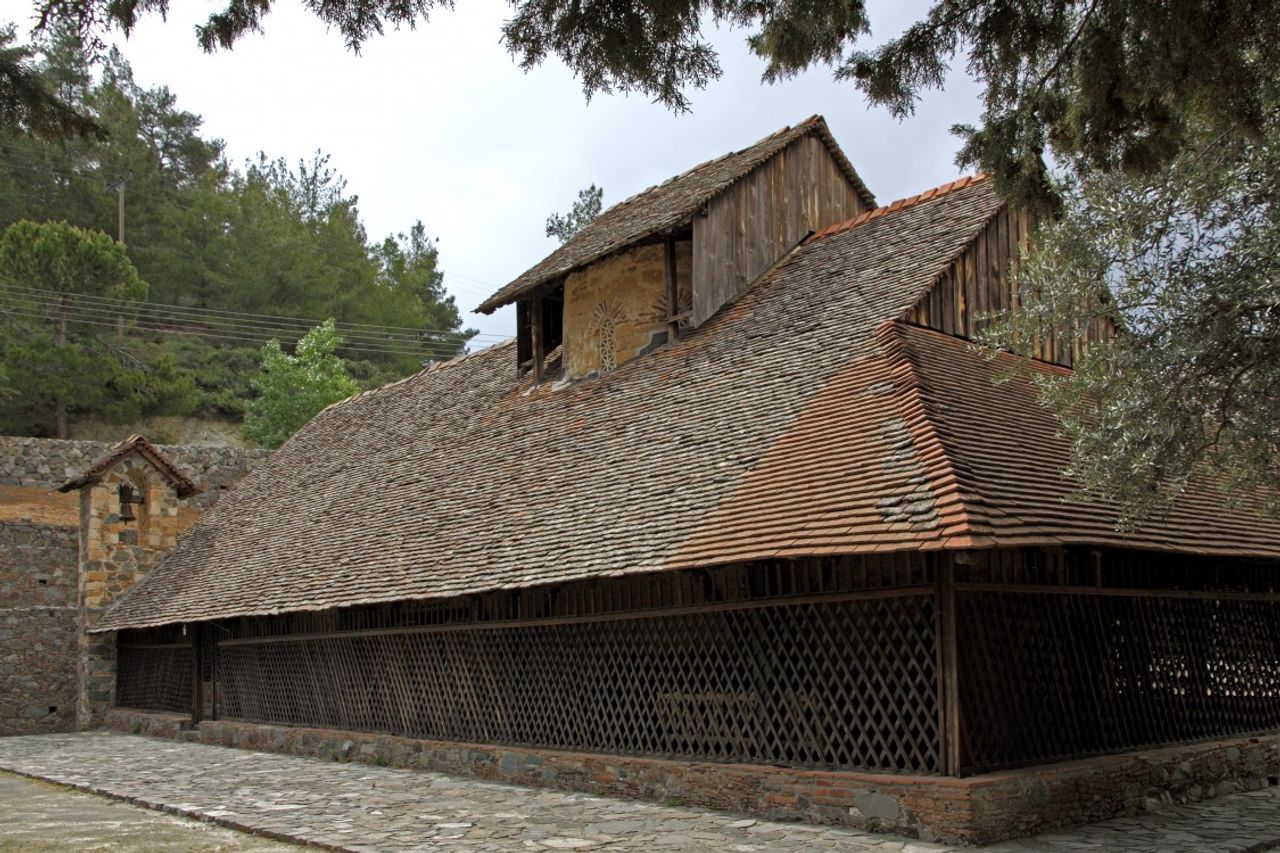
The church's walls—both inside and out—are covered with some of the most detailed and well-preserved Byzantine frescoes in Cyprus, known for their calligraphic elegance, expressive figures, and vibrant color palette. These include scenes such as Christ Pantocrator, the Last Judgment, the Annunciation, the Nativity, and many more.
Note: The church is usually locked. To enter, you’ll need to find the local priest who holds the key.

3. Panagia tis Asinou Church
Located near the mountain village of Nikitari, this UNESCO-listed church was built in 1099 by the Byzantine official Nikephoros Ischyros. It’s the last surviving structure of the once-flourishing Forviotissa Monastery and is still active today.
The basilica comprises a nave and a later-added narthex, both covered with beautiful frescoes dating from the 12th to 14th centuries. The most ancient paintings feature Saints Constantine and Helena, while the wooden iconostasis dates back to the 16th century.
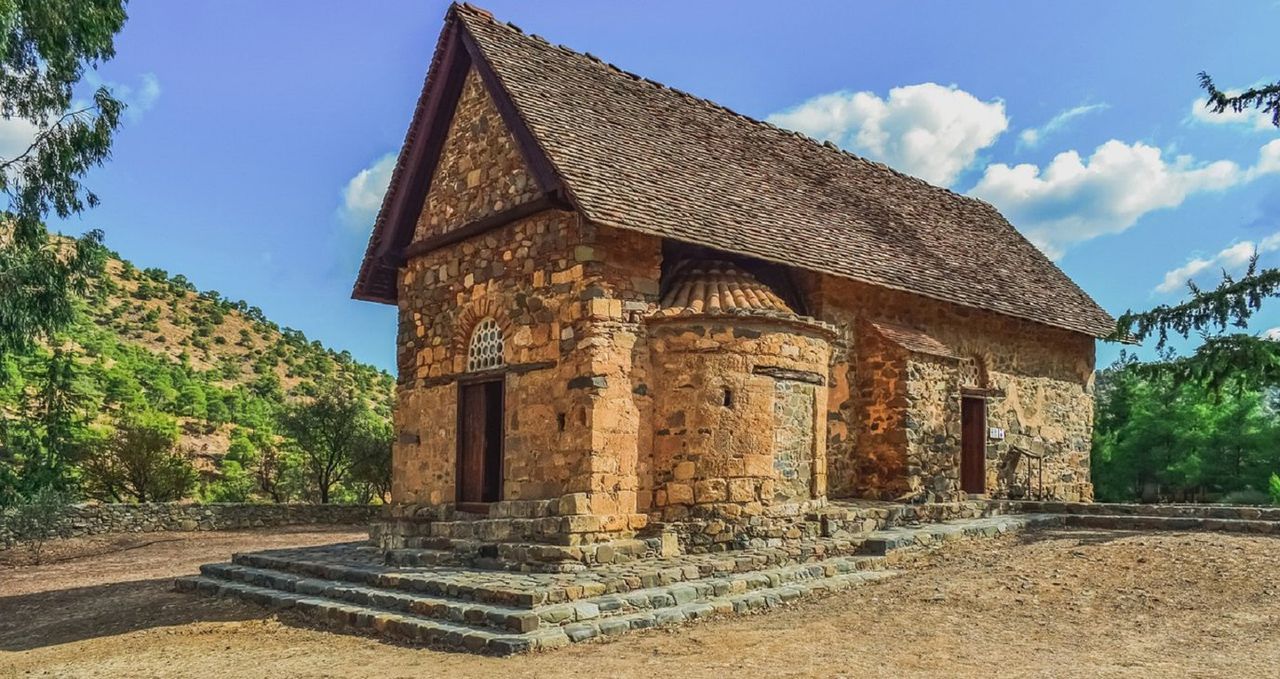
Though the original icon of Saint John the Baptist has been relocated to the Byzantine Museum of Nicosia, the church still houses an expansive collection of Christian iconography from across regions and eras—a true visual encyclopedia of saints.

4. Panagia Odigitria Church (Panagia Katholiki)
In the village of Kouklia, once the site of the ancient city-kingdom of Palaipaphos, stands this historic church with sweeping views of the sea. Originally called Panagia Aphroditissa, it was later renamed Panagia Chrysolakourna, and today is known as Panagia Odigitria.
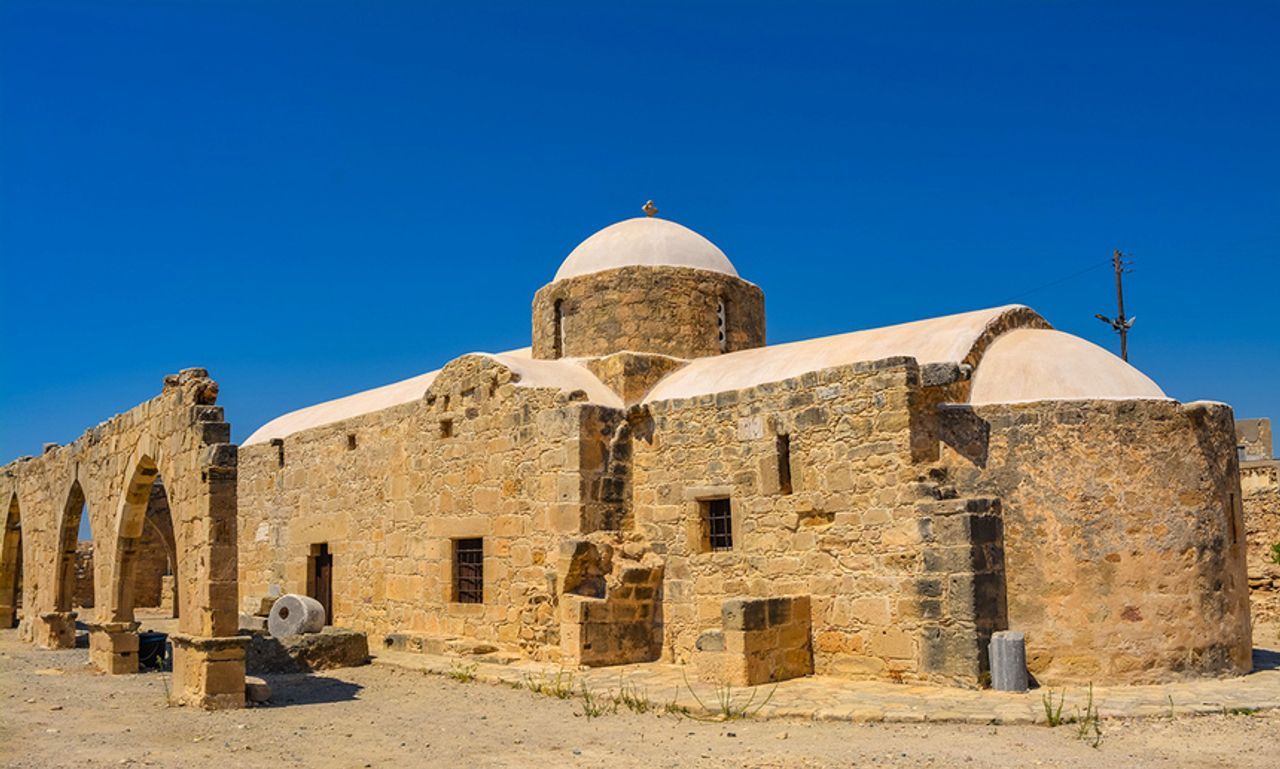
Built in 1260 on the ruins of a pagan temple, the church was constructed using stones from the destroyed sanctuary of Aphrodite. The current building is a single-nave domed structure that has undergone numerous architectural transformations over the centuries.
Inside, visitors can admire faded yet captivating frescoes from the 14th–16th centuries. It’s a must-see site for those interested in the intersection of ancient mythology and Christian heritage.
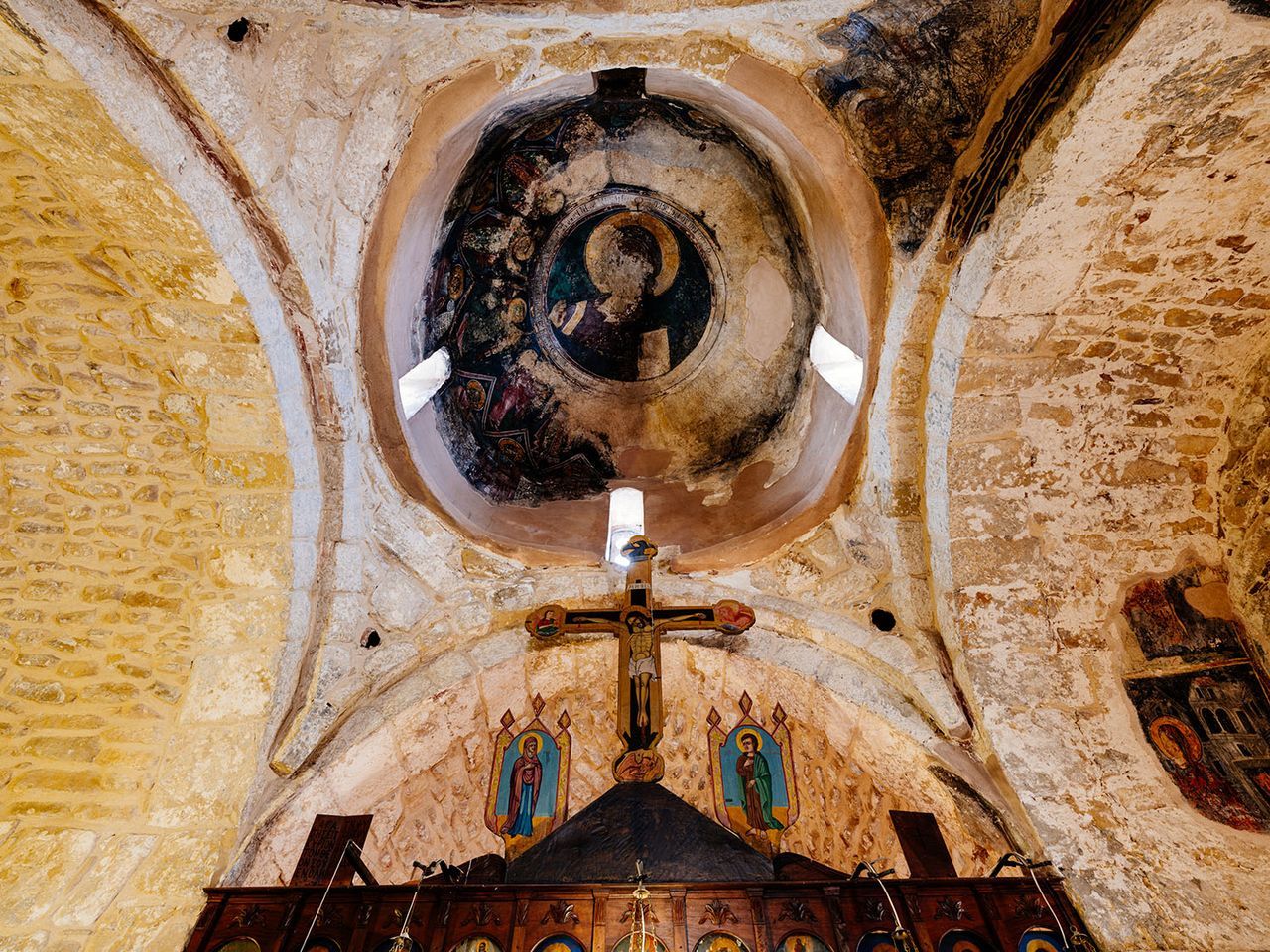
5. Panagia Chrysospiliotissa Church (Our Lady of the Golden Cave)
In the village of Kato Deftera, only 11 km southwest of Nicosia, lies one of Cyprus’s oldest cave churches. Known as the Church of the Golden Cave, this sacred site holds incredible historical and spiritual value.
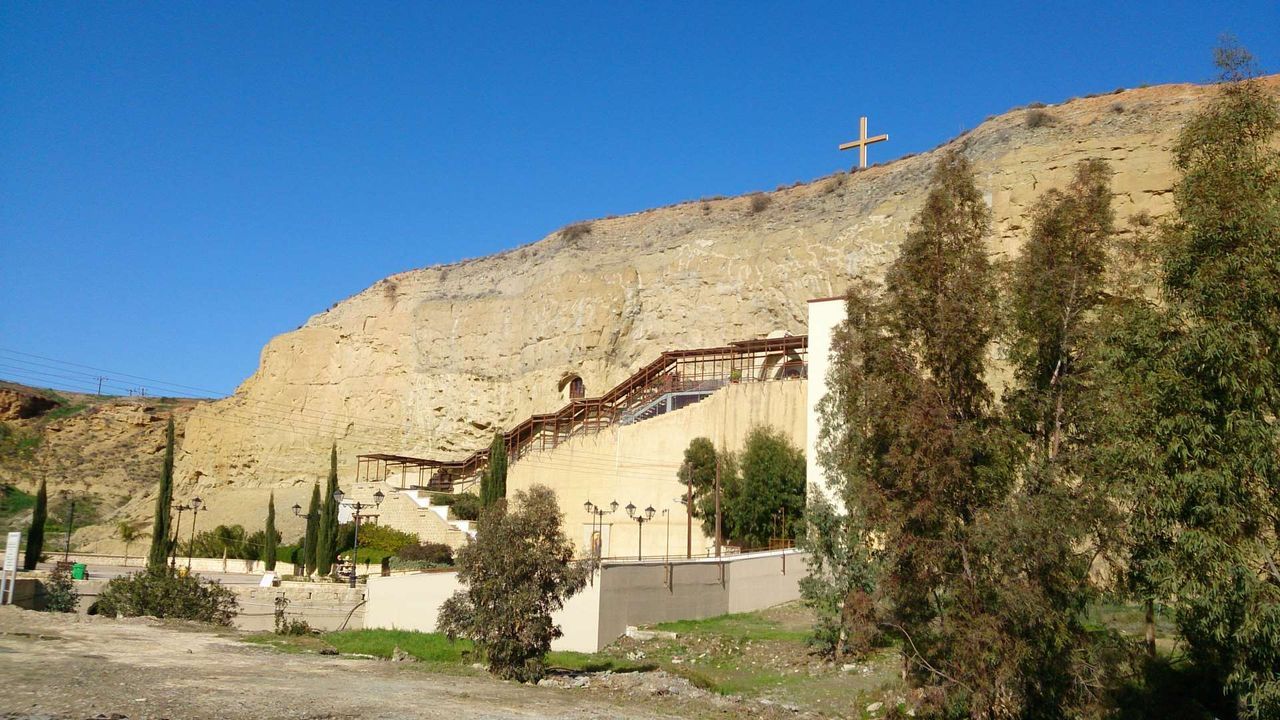
Legend says villagers saw a mysterious light coming from the mountains and discovered a glowing double-sided icon of the Virgin Mary inside a rock-hewn cave. One side shows her nursing the Christ Child, the other features a blessing Madonna. The icon was later adorned with a silver-gilt frame in the 18th century and now resides in the village’s main church of Saint Nicholas. However, it is brought back to the cave church once a year for the Feast of the Assumption.
The site remains popular among young Cypriot women praying for love, marriage, and fertility, believing that the Virgin Mary of the Golden Cave blesses and protects families.
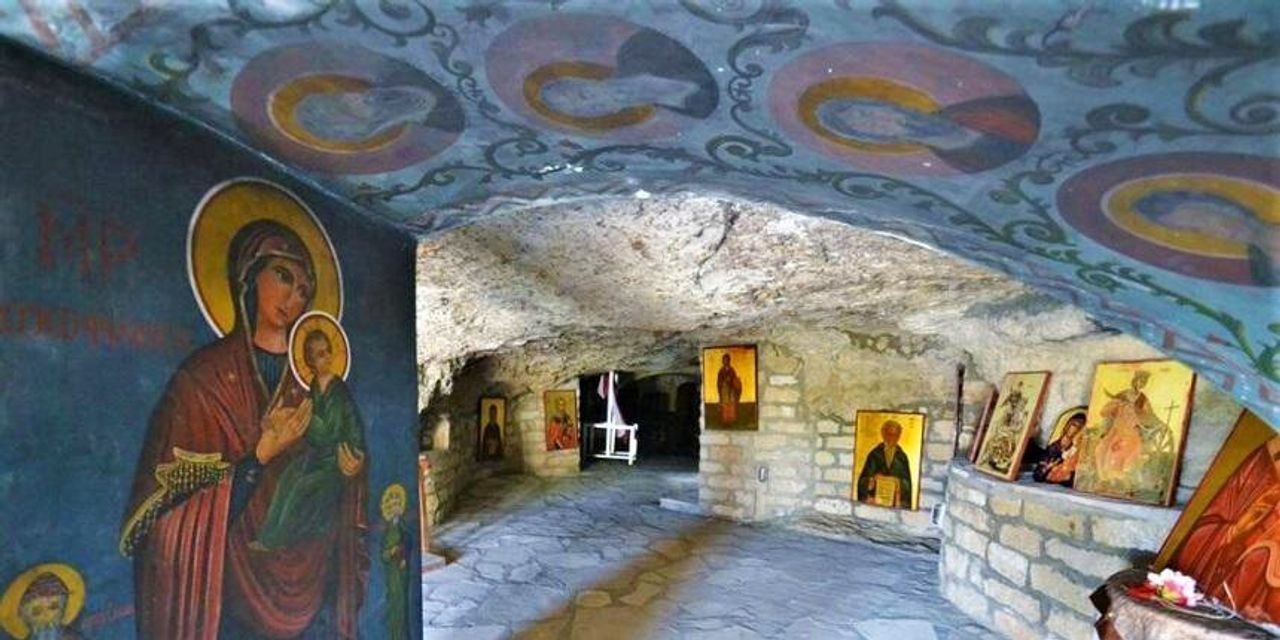
Bonus Tip: Rent a Car for the Ultimate Road Trip
The best way to explore these off-the-beaten-path gems is by renting a car. Check out secrental.com for the top deals in Cyprus — easy booking, a wide selection of vehicles, and competitive prices ensure maximum comfort and flexibility for your journey around the island.
